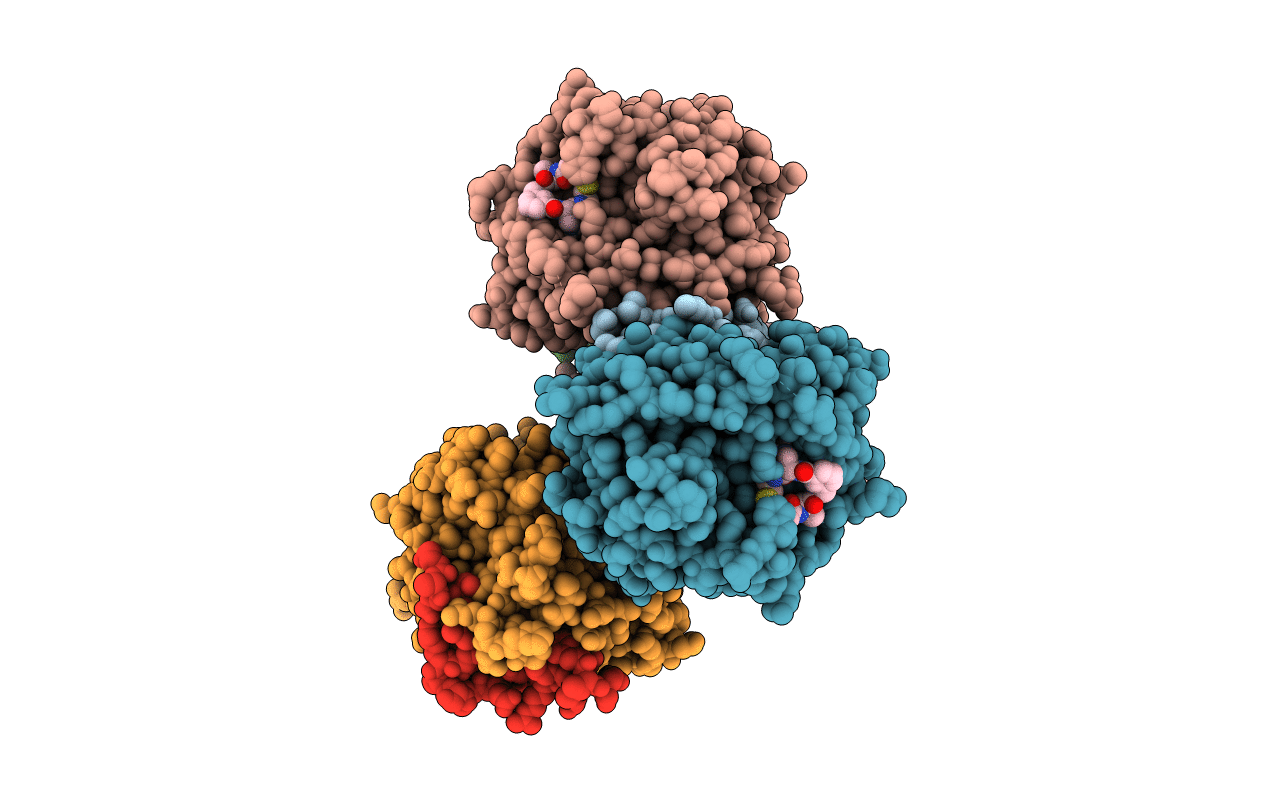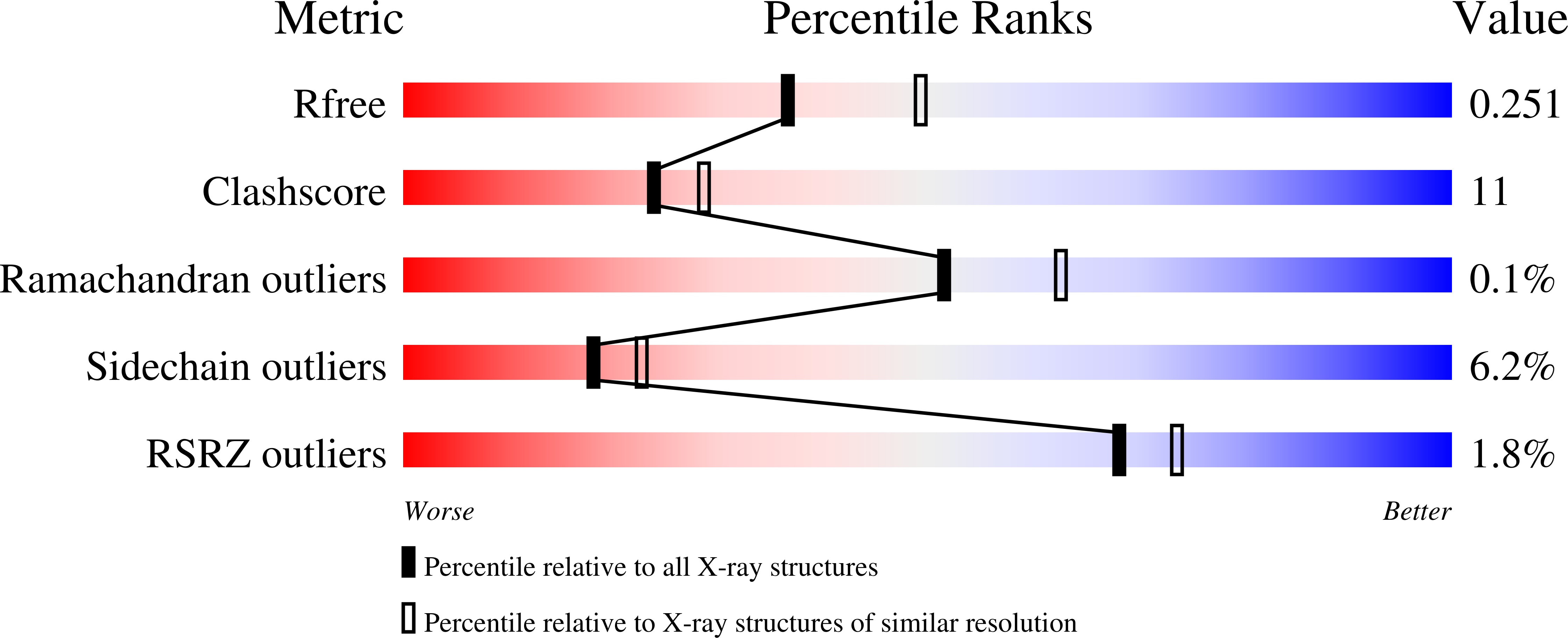
Deposition Date
2020-05-23
Release Date
2022-06-01
Last Version Date
2024-11-13
Entry Detail
PDB ID:
6Z48
Keywords:
Title:
Crystal structure of Thrombin in complex with macrocycle X1vE
Biological Source:
Source Organism:
Homo sapiens (Taxon ID: 9606)
Method Details:
Experimental Method:
Resolution:
2.27 Å
R-Value Free:
0.24
R-Value Work:
0.18
Space Group:
P 1 21 1


